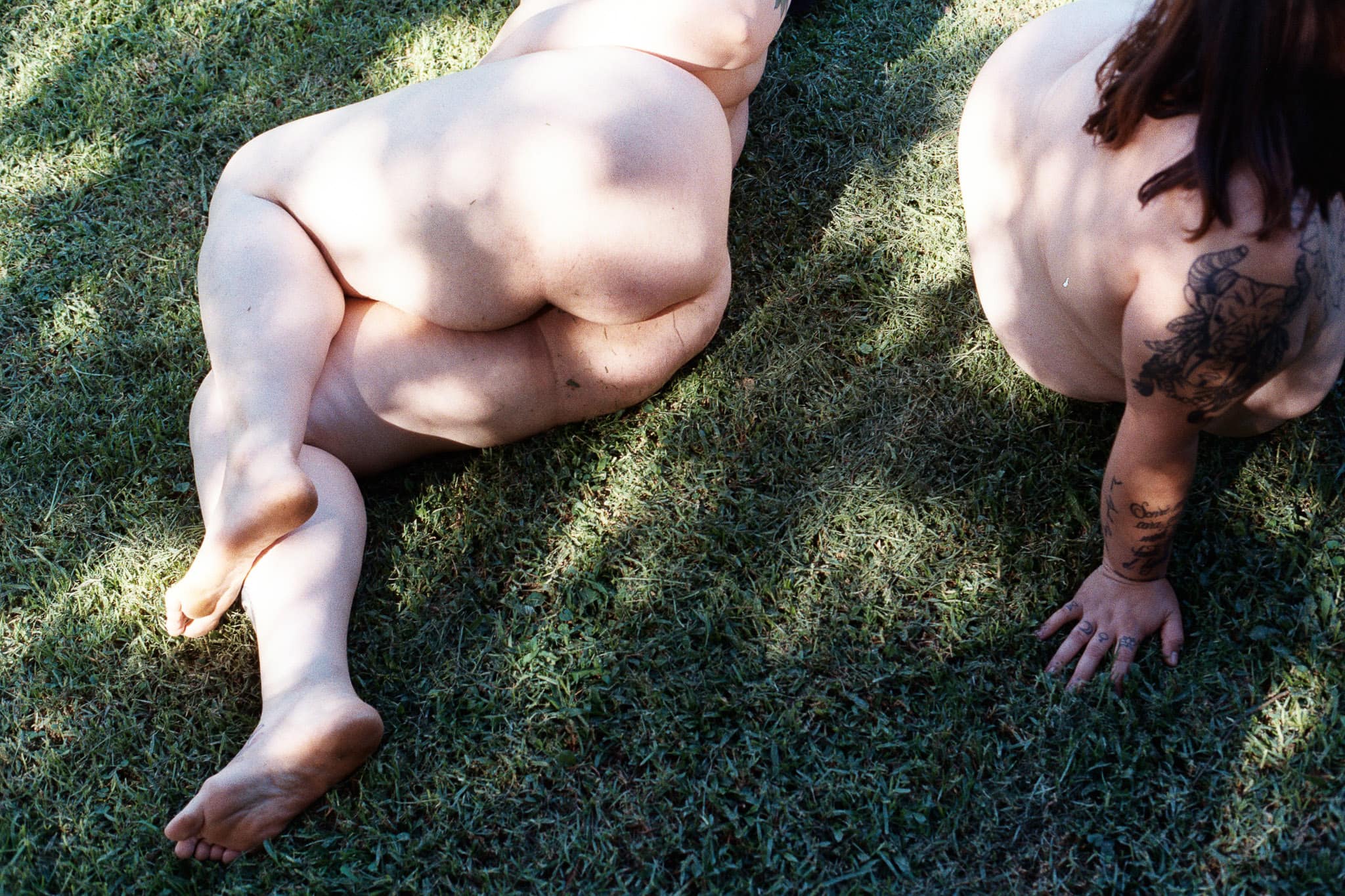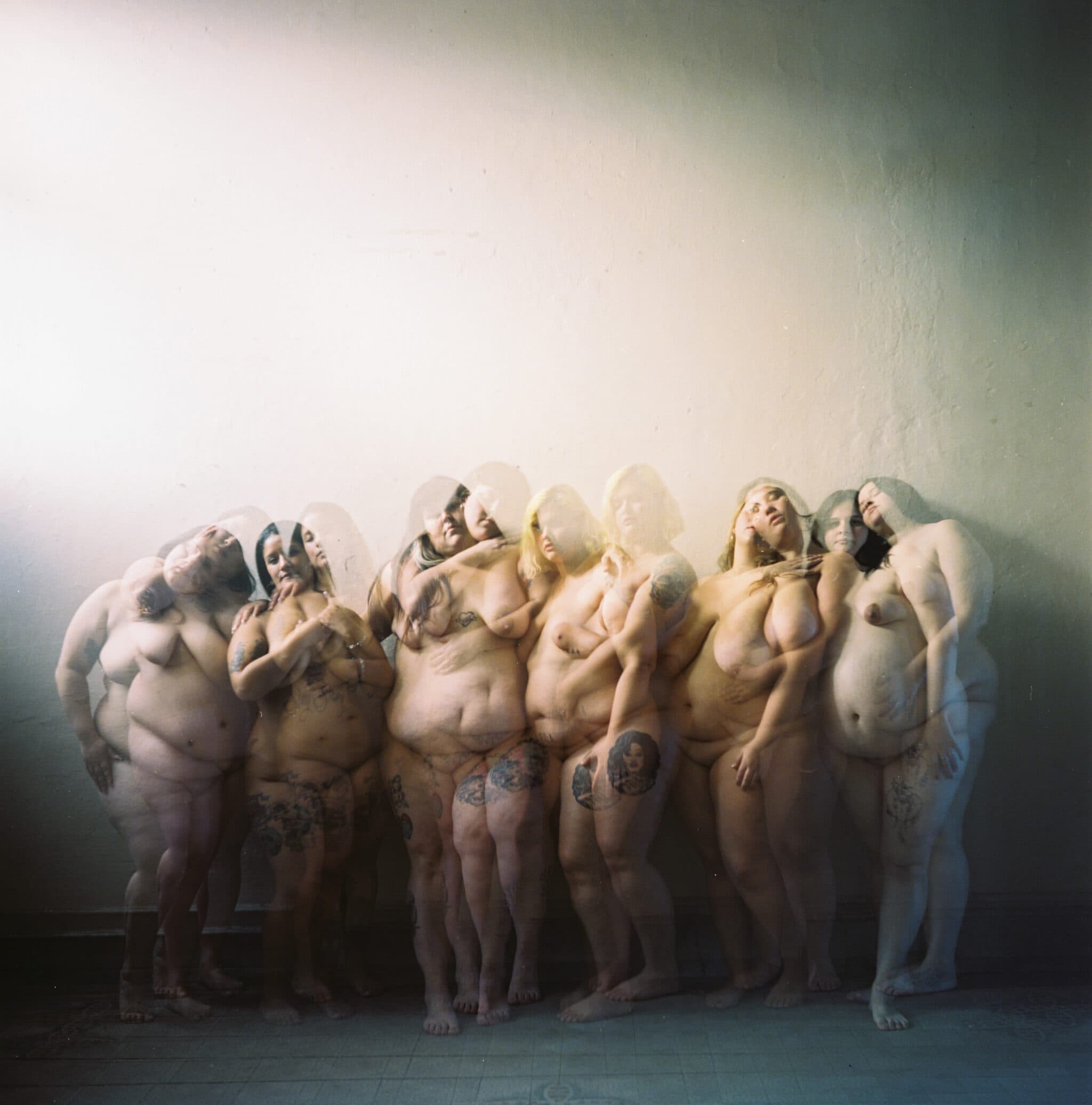
From Almodóvar to counter-hegemonic photography: nipples, algorithms and censorship
Pedro Almodovar was about to release a movie and the designer Javier Jaén posted on Instagram the poster for the film “Parallel Mothers”. The graph is of a nipple-shaped eye (or an eye-shaped nipple) from which a drop of milk falls. Spoiler: the social network censored it and took down the image. After a certain uproar in the networks in which users returned to upload the poster over and over again in protest, Facebook had to apologize. The director thanked those who debated “the need for a bit of sanity at the sight of a female nipple” and celebrated the victory. Since 2014 the worldwide movement “FreeThe Nipple” (Free the nipple) claims the right of women and diversities to show their bodies. What is all this controversy talking about?
Sol Etchegaray is an Argentine photographer who seeks to “naturalize the naked body and make visible the diversity of bodies.” She is convinced that the body, in all its extension, “is the realm of an express search for pleasure.” She also believes that it is violent that women have been taught to hide. Ana Harff was born in Rio de Janeiro and studied social communication. She now lives in Argentina, where she was trained in Anthropology. Both have in common that they work with naked bodies and, also, that they have both been censored on Instagram countless times.
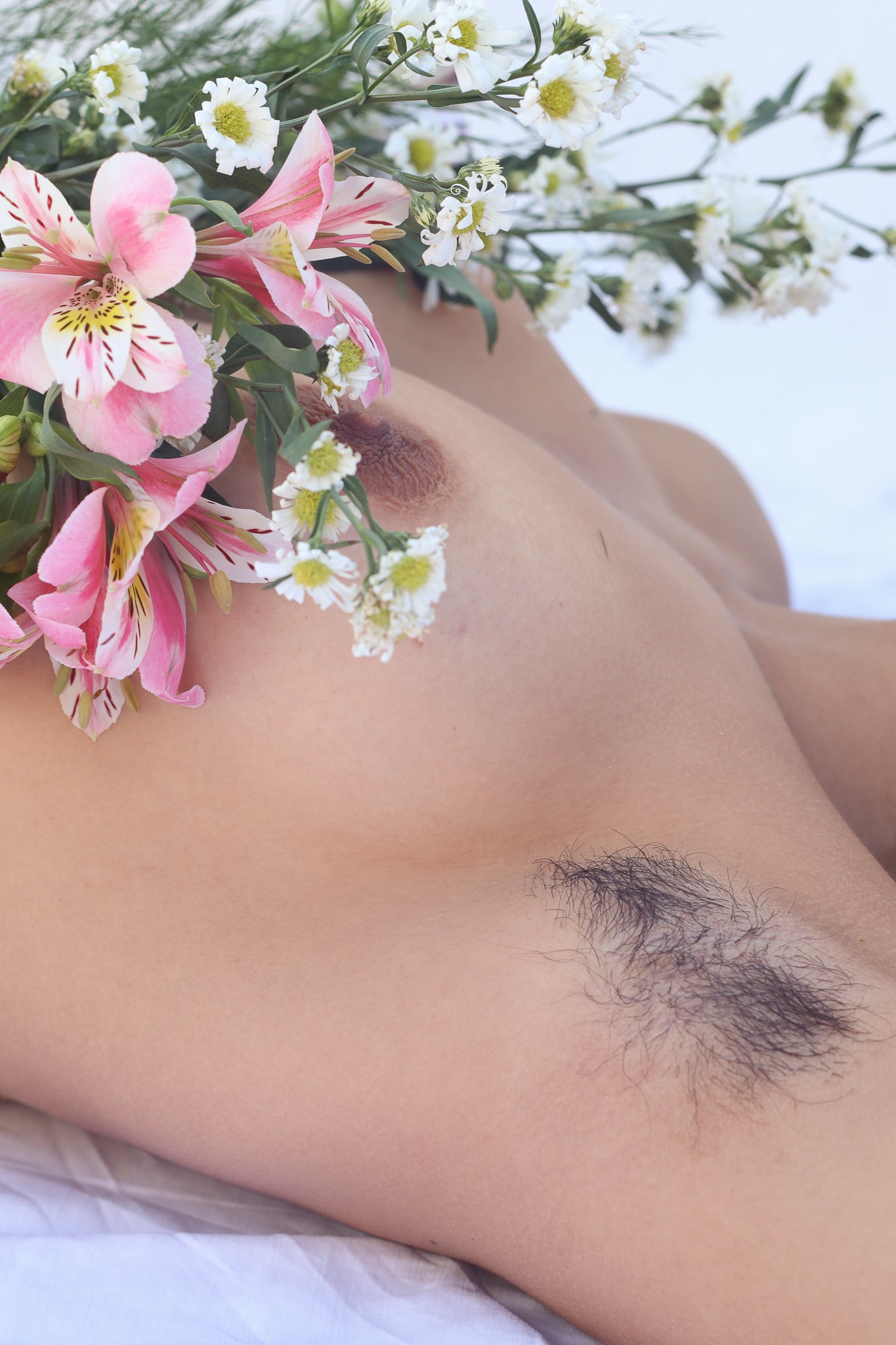
Why did you choose to work on bodies or nudes?
Sol Etchegaray: My photography project focuses on showing the body in all its forms of being. I want to make photography a tool for acceptance. In the last time, I began to pay more attention to the photo sessions being spaces where one feels less attached to bodily insecurities and it helps to accept the own body. I want us to stop seeing the body as something exclusively sexual and nurturing hegemonic beauty. I seek to connect with our nudity and our peculiarities. I was interested in starting to work with bodies because it is what brings us to this life, to this strange present. I don’t feel like we’re paying too much attention to it, and when we do it, we do it wrong. It seems crazy to me what the body is capable of.
At the same time that I became interested in nude and portrait photography, I also became more aware of my own body: how I treated it, the non-affection I gave it, among other things. It is a collective process. That is why I am interested in sharing my work with other people and that the social network does not allow it makes it very difficult.
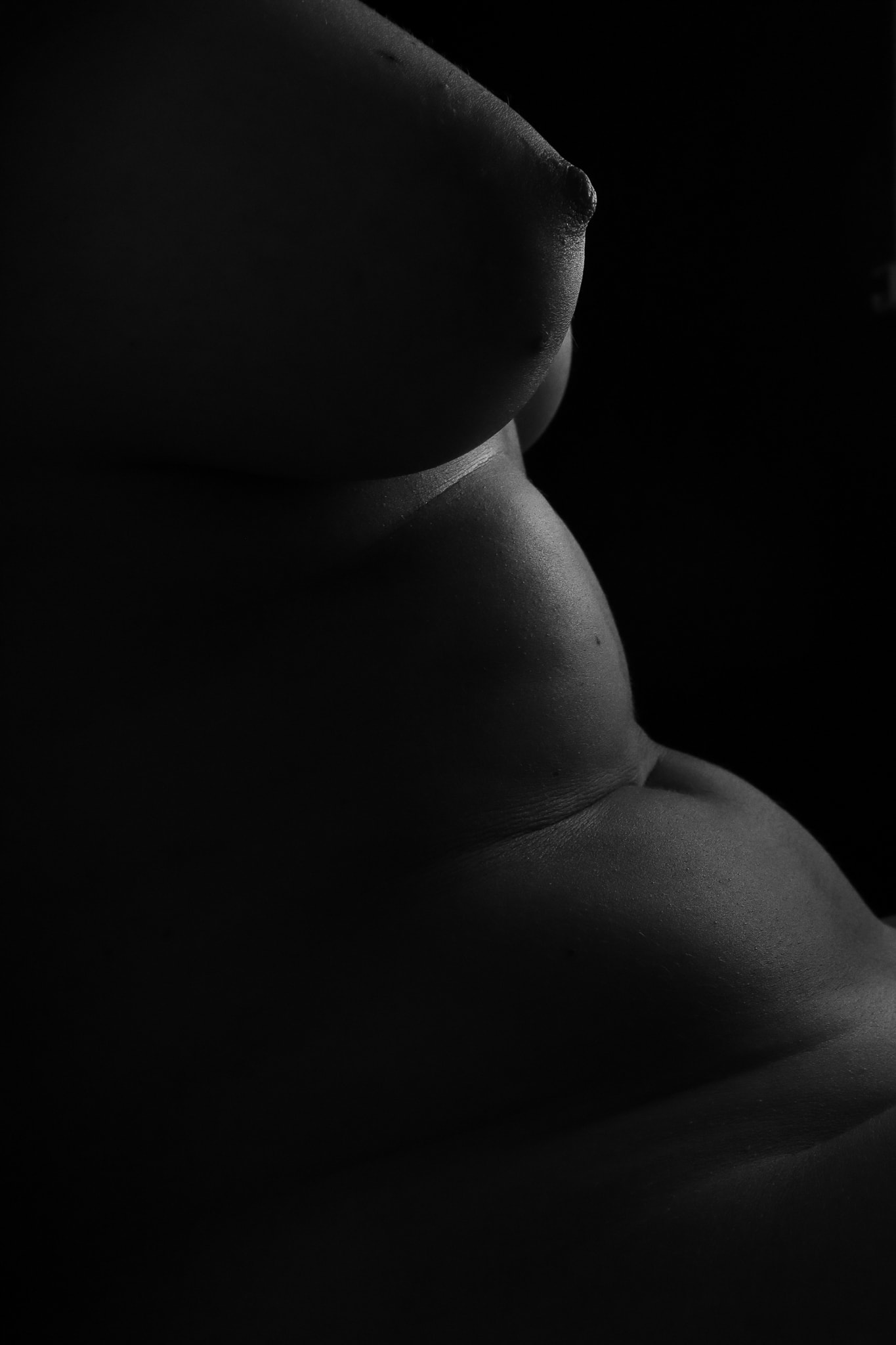
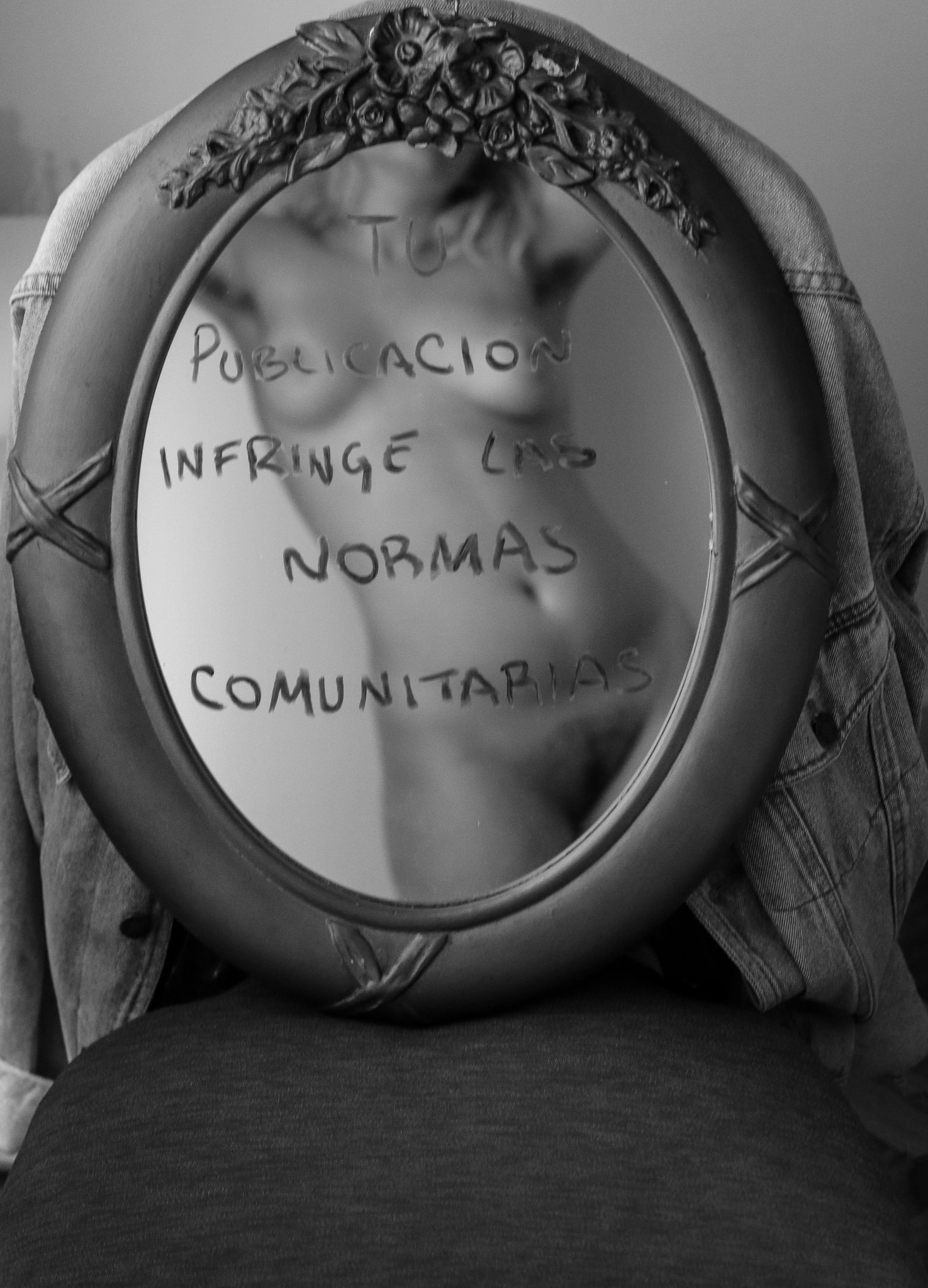
Ana Harff: The nude came as a proposal for my first photographic series, in which I felt the impulse to portray the woman’s naked body in a way that was not only what we are used to seeing in fashion or macho pornography or in mainstream nude photography, which objectifies our bodies. I wanted to find a more routine nude, more natural, more comfortable. I didn’t know what I was getting into. My photography became much more political after I began to travel the photography of the nude. It gave me reflections on myself. Eventually, it became my main hallmark, and what I love doing the most is finding new ways of looking at the nude, outside of the eroticized and sexualized.
Has Instagram censored your images?
Sol Etchegaray: it censored more than 10 photos of mine, including publications and stories. What’s more: Instagram has managed to delete an entire account for me due to its patriarchal policies, and I had to open another. Most of the time it was because there was a “female” nipple. Even though they were censored, they told me that I do not comply with their “community standards.” I believe that the decisions they make from the social network are to continue feeding the policies of this capitalist and patriarchal system. Photos that reproduce women as objects of desire are not censored. It also doesn’t remove photos with “male” nipples. They censor the work of artists showing non-sexualized bodies.
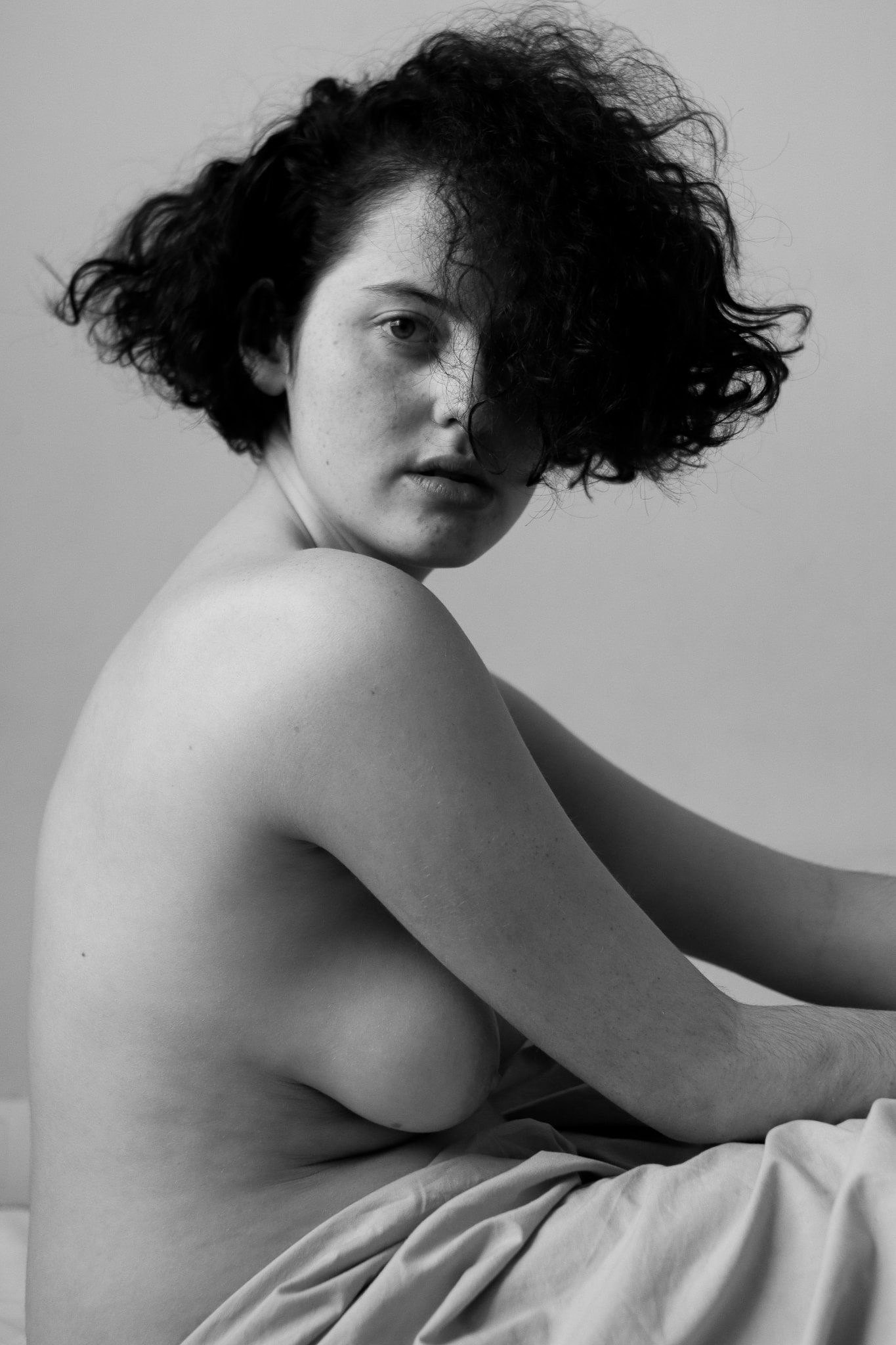
Ana Harff: I already lost count of how many of my photos have been deleted. Censorship occurs with nude work. It’s a fight where I feel like we’re banging our heads against the wall. I have absurd examples. I think the most shocking thing was when I uploaded a photo of a girl whose torso was burned, therefore she did not have breasts. Instagram removed it saying it was pornographic content. I have also uploaded photos of the belly, in which you could see a little hair from the vulva appearing below the frame. A belly and a navel, with a little hair. I do a brief search on profiles with erotic content, and I find several situations in which you see vulvas on the air without censorship. I have print and evidence with comparative content. In addition, I have denounced many publications, for example, pedophilia, but none were ever made effective. They always tell me that the count does not violate the rules.
On the other hand, there are thousands and thousands of workers who come from countries with enormous job insecurity, such as India or Latin America, who do the dirty work of the networks of watching thousands and thousands of horrible content every day (torture, pedophilia, suicide, terrorism) and within that, there are the nudes. Sometimes I find it ridiculous that I feel like my problem is important compared to all the shit that human moderators have to do. They are people who work with post-traumatic stress, they decide in a very arbitrary way.
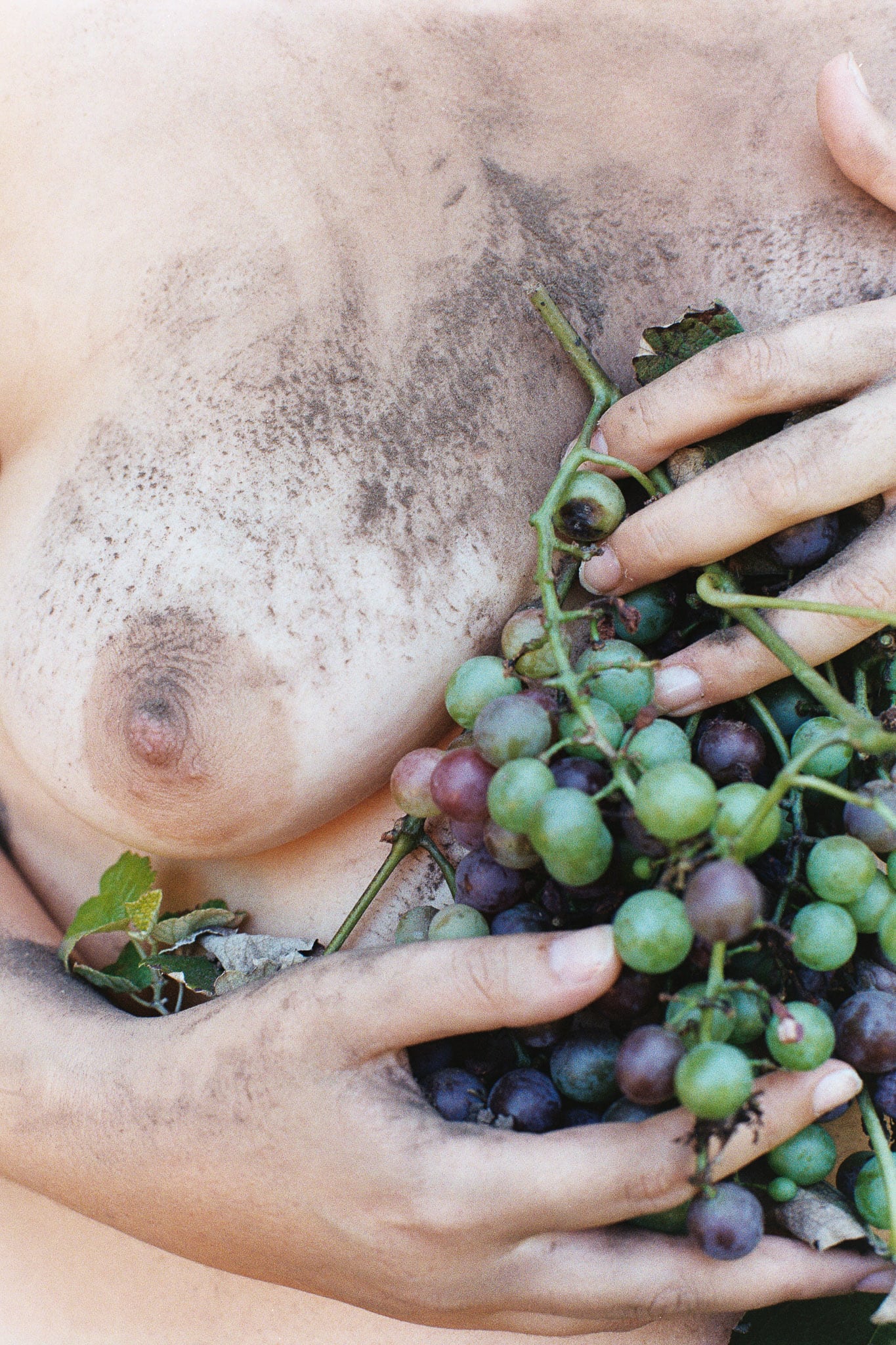
Why are male nipples not censored?
Sol Etchegaray: Men’s nipples are free because they are not sexualized. That is, they can appear in photos with confidence. Instead, women’s nipples are sexualized so it goes against norms about nudity. The irony is that they allow porn accounts where there are photos of women showing everything except the nipple. So I insist that they simply censor what does not feed the consumption of women’s bodies.
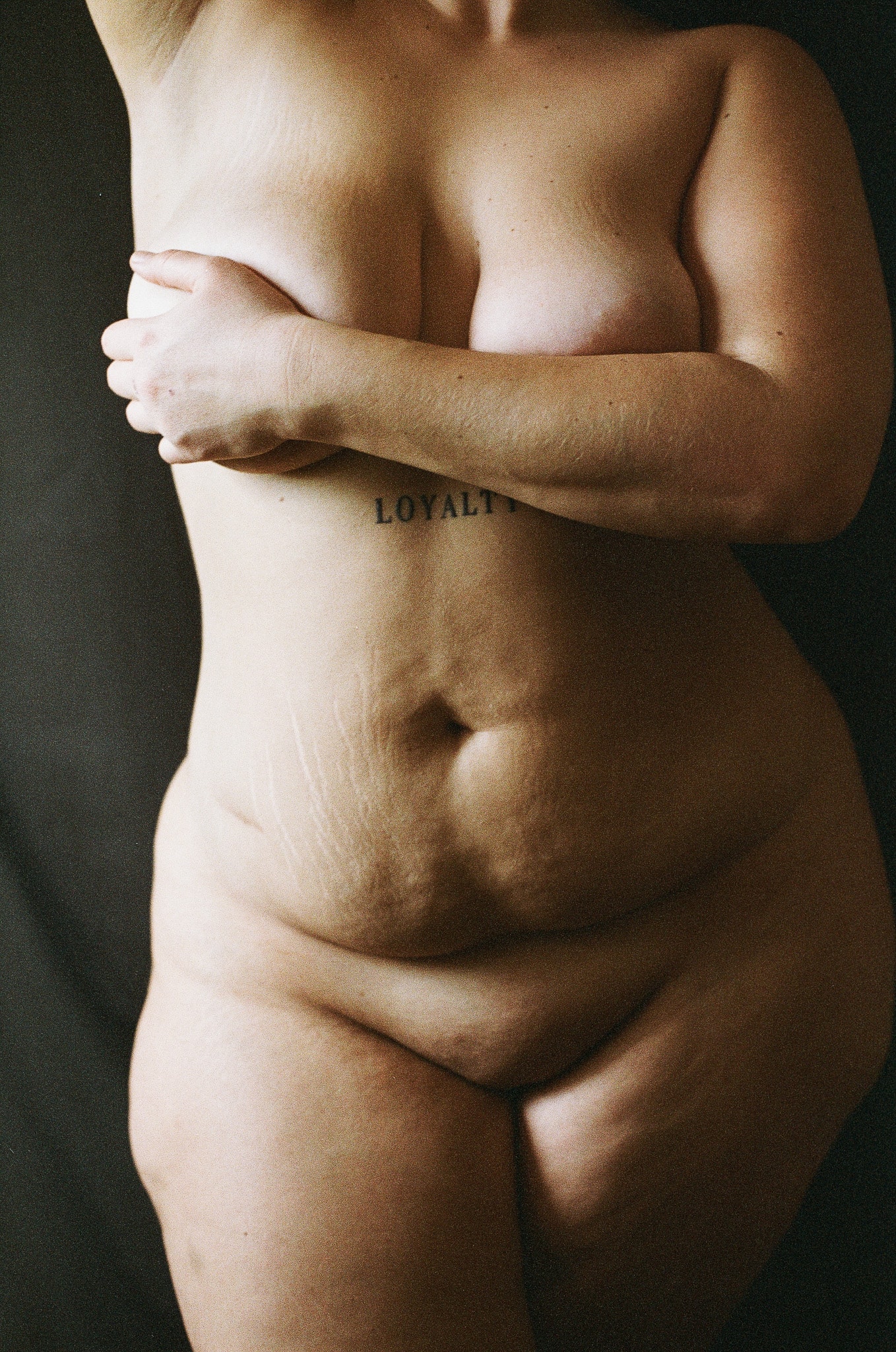
What is the way out?
Ana Harff: I feel that the way out (this may be naive) is to keep making noise, keep crashing head-on, try to change the system within it. Social networks are made by human beings and human beings change their gaze. From the technical point of view, I think we have to continue generating content from the diversity of bodies. Because if most of our social network existence is going to be moderated by a machine that is in a constant learning process and draws its criteria from a database, the way out is to continue generating material so that, at the end of the day, the algorithm can identify other bodies and have better criteria. Most of the body of data is made up of hegemonic bodies and that is why there is a special lack of judgment about fat bodies, which are eliminated more frequently.
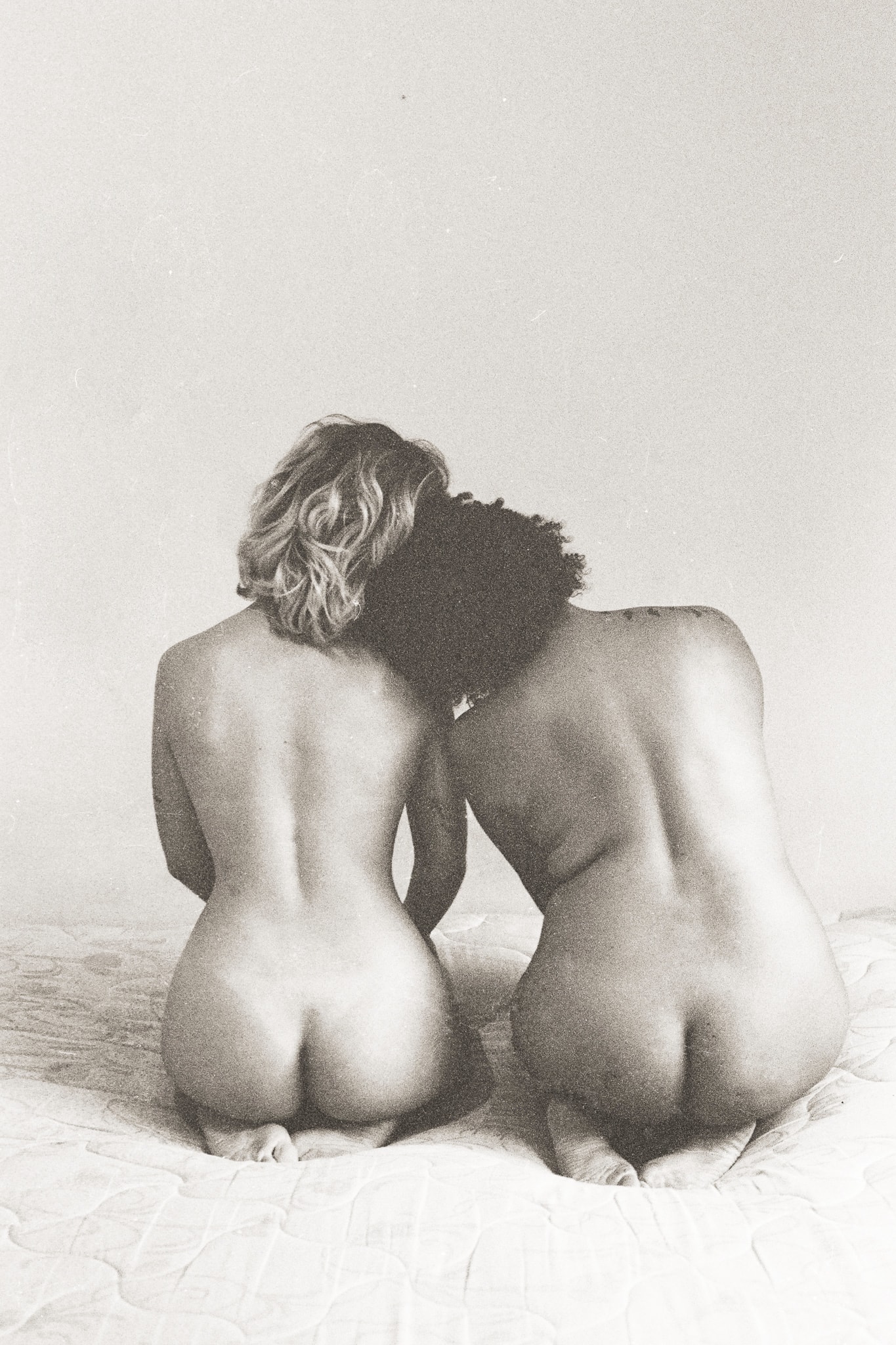
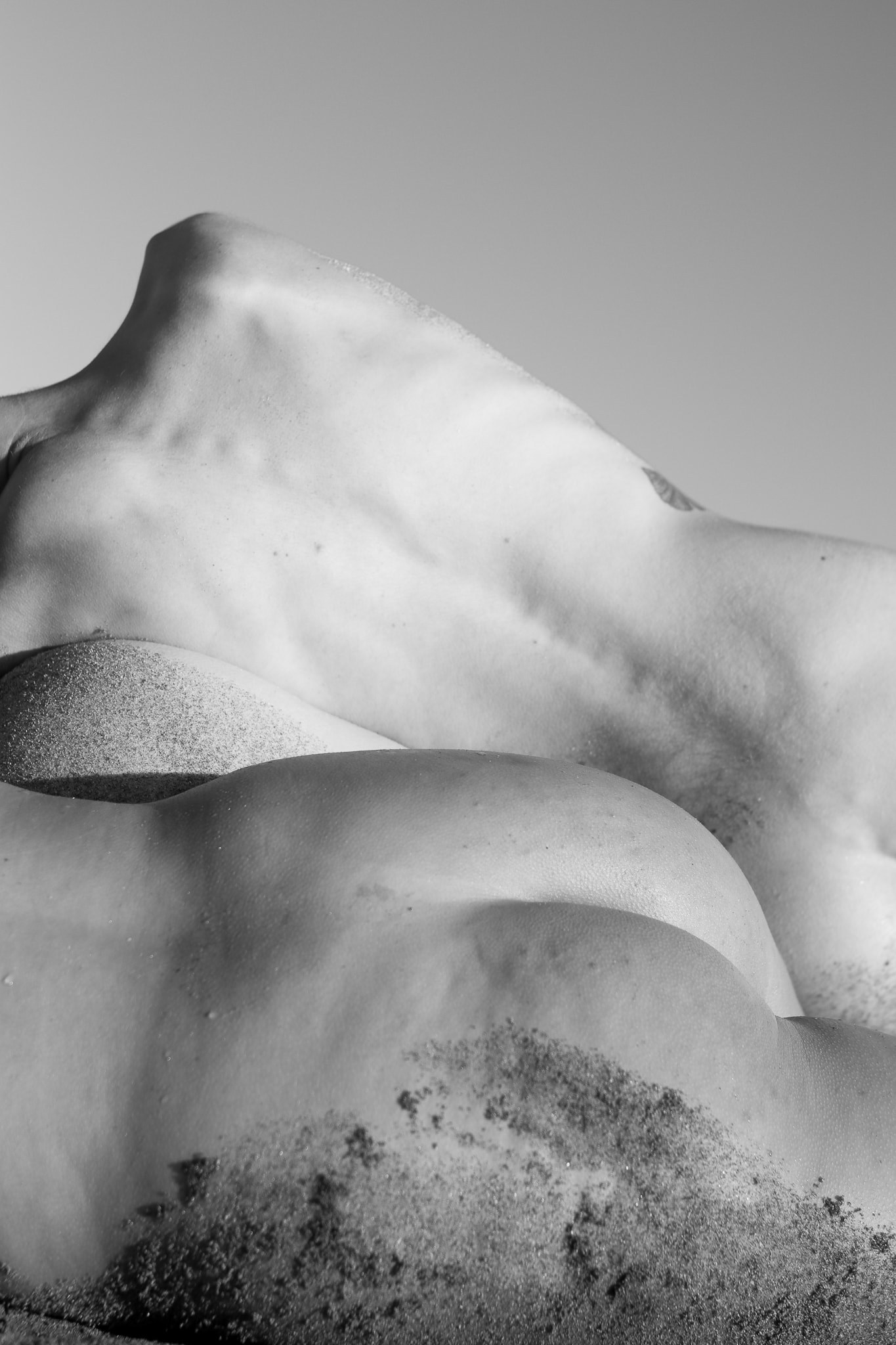
Ana Harff: Ours is a very visual culture, and social media is there to prove it. If I, as a fat woman, do not see myself, I feel like my body does not deserve to be. The power of photography is in being able to make it visible. Ser Gorda’s proposal is to question: Why such a naturalized rejection of the fat body? Making visible is putting a value on a body that, in theory, did not have to be there but that it needs to be. I feel that hegemony no longer takes place. Diversity should be the norm.
Sol Etchegaray: In my opinion, the way out may be to generate other networks or spaces where the artists’ work can be freely shared.
